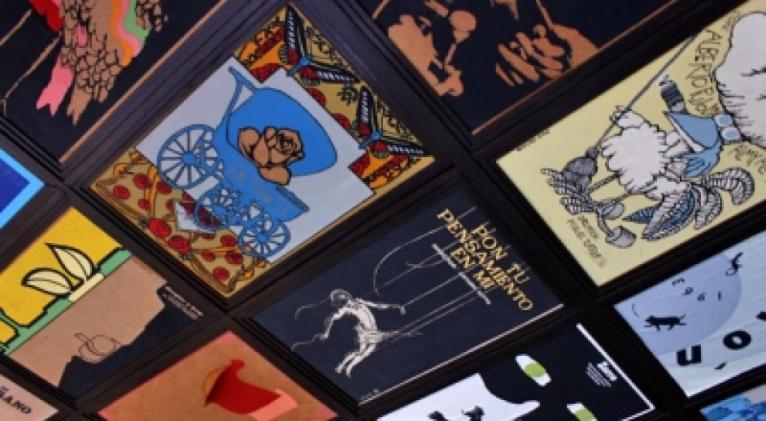The history of Cuban cinema told by its posters
especiales

The collection of ICAIC’s film posters has been included in the national register of UNESCO’s Memory of the World Programme. Beyond their functional nature, these posters treasure great artistic values.
The walls and ceiling of the reception desk of the Cuban Institute of Film Art and Industry (ICAIC) are fully covered by film posters. Passers-by can see this unique gallery from 23rd Street.
The set is multicolored and should you watch closely, you will realize the great stylistic variety. There are posters from the main films of the national cinematography, as well as from others less significant… to the point that poster has become more celebrated than the film itself.

The fact is that Cuban film poster, above all in the last half century, has been much more than functional graphics; many of the proposals are unquestionable works of arts, some of which have even become classics of Cuban visual arts. Most of the proposals share a characteristic: graphics almost never is mere reproduction of the film visuality. Rather than “transcribing”, the poster performs, synthesises, suggests…, is starting point of the story the film will tell. There are relatively cristal-clear figurations and even flirtations with abstraction. But never a simplifying view of the film.
A technique stands out: silk-screen painting, which implies a non-industrial manufacturing process. That is a bonus for the collector of these works. Perhaps, at some moment, they were labelled “minor art”, but over the years they have reassessed extraordinarily.
Cuban writer Alejo Carpentier said once that film posters in Cuba made up an “art gallery accessible to everyone”. And it is true: that poster design, designed for its socialization, contributed to the formation of taste for plastic arts of several generations of moviegoers.

Great Cuban art painters were charmed by the “magic of poster”. Raúl Martínez, René Portocarrero, Servando Cabrera… and some designers became icons of that art, among them Eduardo Muñoz Bachs.
But the list of creators is broad; you just need to watch these posters exhibited in Havana’s ICAIC headquarters. And notwithstanding this is a selection: the Cinematheque of Cuba treasures hundreds of posters, which make it one of the most important collections in the world.
They have been exhibited in Cuba and at important galleries around the world. Half a million people attended the exhibition in Turin, Italy, last year.
It’s no surprise this great heritage has been included in the national register of UNESCO’s Memory of the World Programme. It’s a road that begins now: we just need to work to make it part of the regional and universal registers. There are more than enough values.
Translated by Jorge Mesa Benjamin / Cubasi Translation Staff













Add new comment